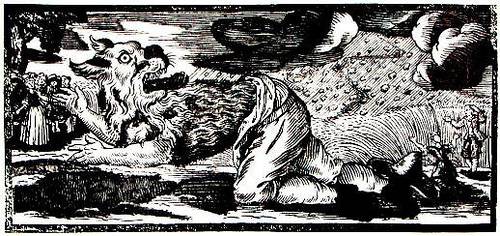
In 1832, Col. William Henry Jackson of Athens, Ga., made an unusual bequest:
I, W. H. Jackson, of the county of Clarke, of the one part, and the oak tree … of the county of Clarke, of the other part: Witnesseth, That the said W. H. Jackson for and in consideration of the great affection which he bears said tree, and his great desire to see it protected has conveyed, and by these presents do convey unto the said oak tree entire possession of itself and of all land within eight feet of it on all sides.
So goes the legend. Legally the land is probably part of the right-of-way along Finley Street, but Jackson’s wishes have been honored in spirit: When the original tree fell in 1942, the townspeople grew a replacement from one of its acorns.






